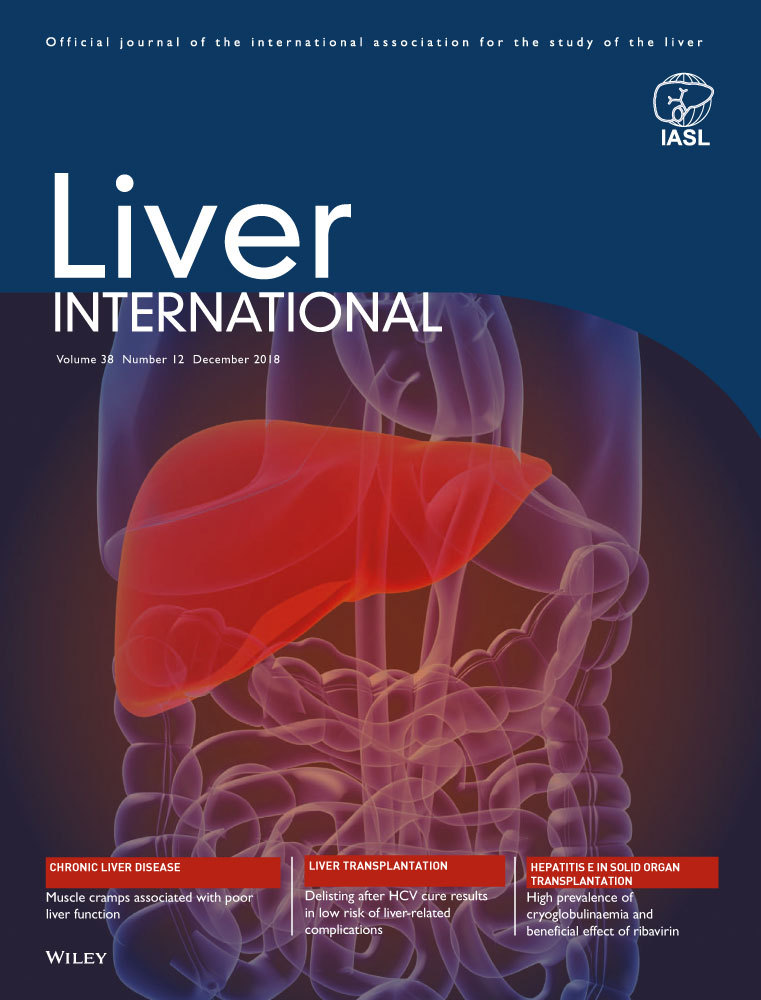Long-term outcome in patients with acute liver failure
Abstract
Background & Aims
Acute liver failure patients who meet poor prognostic criteria have high early mortality without emergency liver transplantation. A recent study however, reported that patients that survive spontaneously have a poorer outcome compared with patients undergoing transplantation. In this single centre study, we aimed to confirm or refute this observation.
Methods
Early survivors (acute liver failure patients who survived 90 days after the ICU admission) were assessed for long-term outcomes in four distinctive cohorts, incorporating aetiology (Acetaminophen overdose or non-Acetaminophen overdose), and management strategy (conservative or liver transplantation). Chi Squared or Fisher test were used to compare outcomes among the four cohorts (P < 0.05) and Kaplan–Meier curve (Log Rank test) to represent cumulative survival.
Results
Two hundred consecutive acute liver failure patients between 1990 and 2014 were included; mean age 38.3, ±12.8, male 70, 35%. 124/200 (62%) early survivors were identified; 13/124 (10.5%) acetaminophen patients underwent transplantation and 48/124 (38.7%) survived spontaneously; 36/124 (29.0%) non-acetaminophen underwent transplantation and 27/124 (21.8%) survived spontaneously. A total of 11/124 (8.9%) died subsequently (median survival 5.3± IQR 9.1), three spontaneous survivors and eight transplanted patients (P = 0.025); of the eight transplanted patients, six died of transplant related complications and two of suicide.
Conclusion
The results of this study suggest that although liver transplantation is a life-saving procedure for acute liver failure patients, they have a worse long-term outcome compared with spontaneous survivors. Novel therapies to increase the percentage of spontaneous survivors are urgently needed.
CONFLICTS OF INTEREST
Rajiv Jalan has research collaborations with Takeda, Ocera, and Yaqrit, and consults for Ocera and Yaqrit. Rajiv Jalan is the founder of Yaqrit Limited, which is developing UCL inventions for treatment of patients with cirrhosis. Rajiv Jalan is an inventor of ornithine phenylacetate, which was licensed by UCL to Ocera Therapeutics. He is also the inventor of Yaq-001, DIALIVE and Yaq-005, the patents for which have been licensed by his University into a UCL spinout company, Yaqrit Ltd. No other authors declared conflicts of interest.




